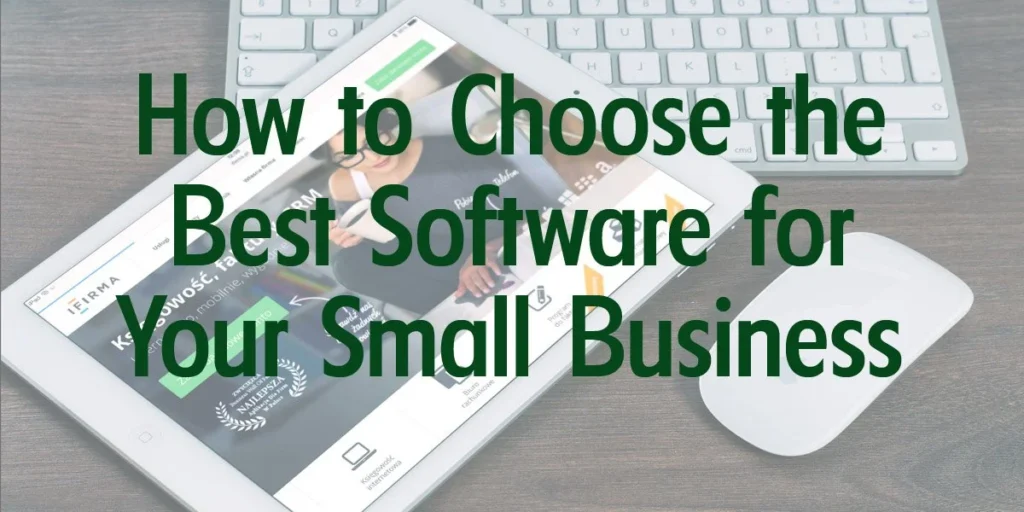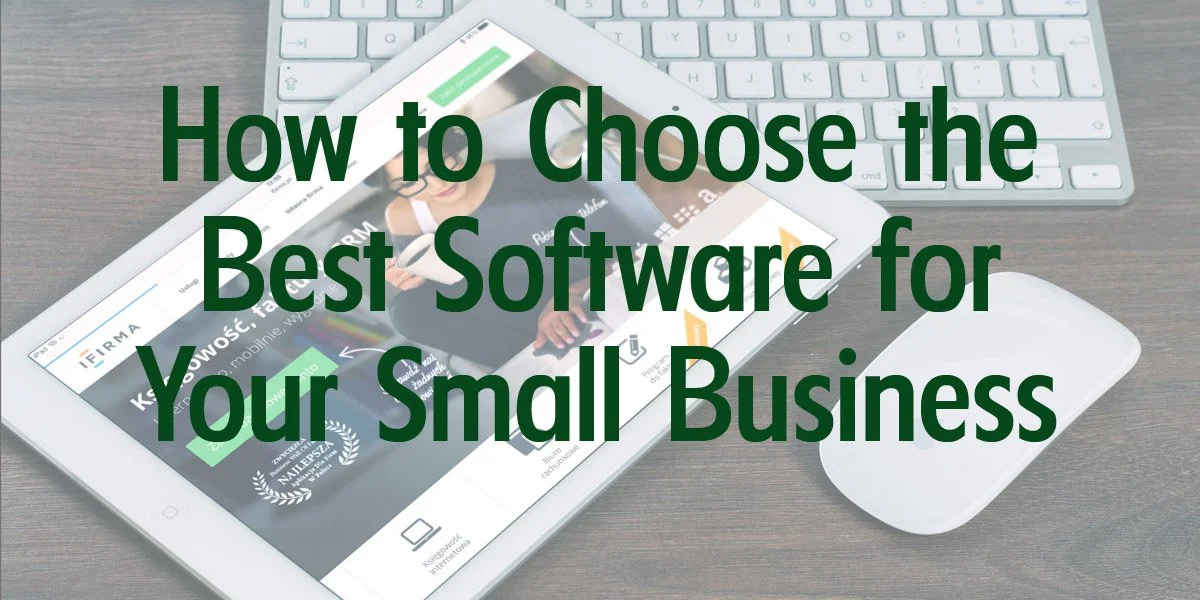
Introduction
In the fast-paced world of small business, choosing the right software can make all the difference. From managing finances to streamlining operations, the right tools can boost productivity and efficiency. But with countless options available, how do you find the perfect fit for your needs? Here’s a guide to help you navigate the selection process.
1. Assess Your Business Needs
Before diving into the sea of software options, take a step back and evaluate your business requirements. Consider the following:
– Core Functions: Identify the primary functions your business needs software for—whether it’s accounting, customer relationship management (CRM), project management, or inventory tracking.
– Size and Growth: Think about the scale of your business and its growth trajectory. Choose software that can accommodate your current needs while scaling with your business.
2. Research and Compare Software Solutions
Once you have a clear understanding of your needs, start researching available software solutions:
– Features and Capabilities: Compare the features of different software to ensure they align with your requirements. Look for essential functionalities and check for additional features that could benefit your business.
– User Reviews and Ratings: Read user reviews and ratings to get an idea of how well the software performs in real-world scenarios. Pay attention to feedback about ease of use, customer support, and overall satisfaction.
3. Consider Integration and Compatibility
Compatibility and integration with your existing systems are crucial:
– Integration: Ensure the software integrates seamlessly with other tools you’re using, such as email platforms, payment processors, or inventory systems.
– Compatibility: Verify that the software is compatible with your operating systems and devices, whether you’re using Windows, Mac, or mobile platforms.
4. Evaluate Cost and Pricing Models
Understand the cost structure and pricing models of the software:
– Upfront Costs: Consider initial costs, including setup fees and licensing.
– Ongoing Costs: Look at subscription fees, maintenance costs, and any additional charges for upgrades or extra features.
– Free Trials: Take advantage of free trials or demos to evaluate the software’s suitability before committing to a purchase.
5. Check for Customer Support and Training
Reliable customer support and training resources are essential for smooth operations:
– Support Channels: Ensure the software provider offers robust customer support through various channels like phone, email, or chat.
– Training and Documentation: Look for available training materials, tutorials, and documentation to help you and your team get up to speed quickly.
6. Prioritize Security and Compliance
Protecting your business data is non-negotiable:
– Security Features: Check for built-in security features such as encryption, user authentication, and data backup.
– Compliance: Ensure the software complies with relevant regulations and standards, particularly if your business handles sensitive information.
7. Plan for Implementation
Finally, plan how you will implement the new software:
– Transition Strategy: Develop a strategy for transitioning to the new software, including data migration and integration with existing systems.
– Team Training: Plan for training your team to ensure a smooth adoption process and minimize disruptions.
Conclusion
Choosing the right software for your small business requires careful consideration of your needs, budget, and future growth. By following these steps and conducting thorough research, you can make an informed decision that will support your business’s success and efficiency.
Remember, the best software is one that not only meets your current needs but also adapts to your evolving requirements.

